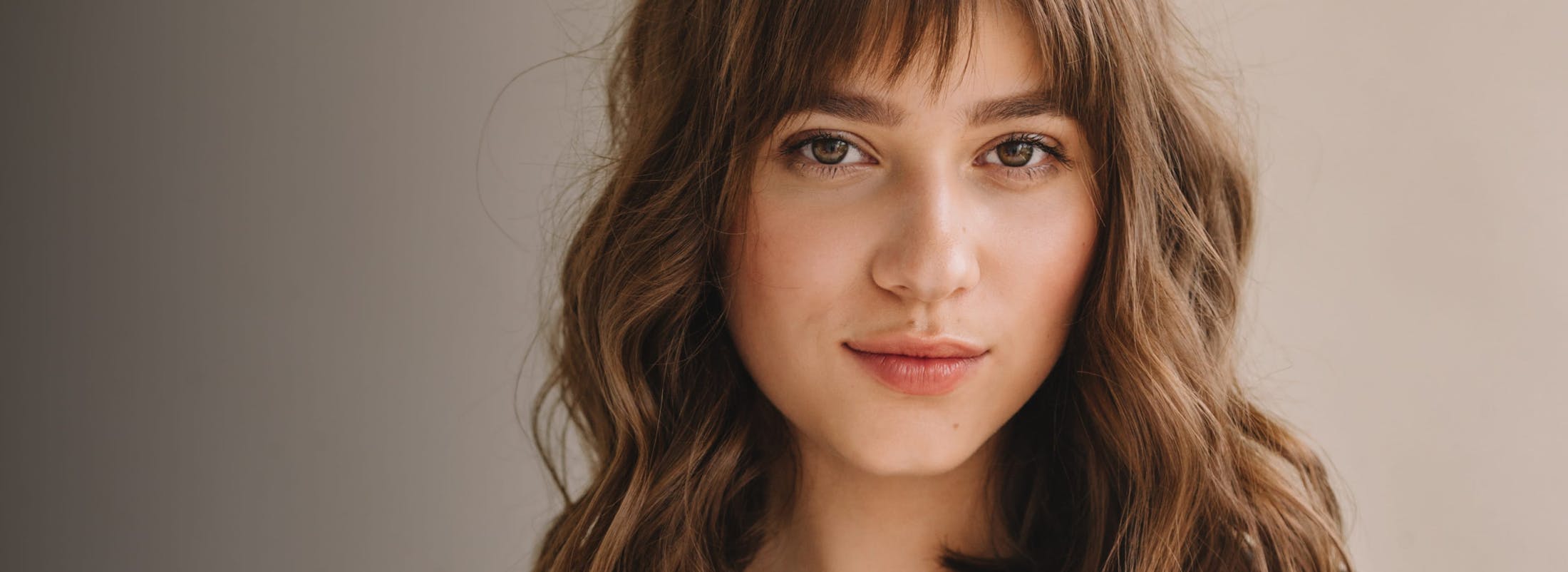28
Mar
Understanding Rhinoplasty Procedure Duration: Insights from Dr. Angela Sturm
Rhinoplasty, or nose surgery, is a complex procedure that varies significantly in duration depending on several factors. Dr. Angela Sturm, a double board-certified facial plastic surgeon, shares her expertise on the length of rhinoplasty procedures on her podcast, "Beauty Unveile...
View More28
Mar
Unlocking the Potential of Deep Plane Facelifts in Facial Plastic Surgery
In the evolving landscape of facial plastic surgery, the deep plane facelift has emerged as a revolutionary technique, offering unparalleled results and a natural, youthful appearance. Dr. Angela Sturm, a double board-certified facial plastic surgeon based in Houston, Texas, shar...
View More28
Mar
The Evolving Landscape of Facelifts: Insights from Dr. Angela Sturm
In the dynamic field of facial plastic surgery, Dr. Angela Sturm, a double board-certified facial plastic surgeon in Houston, Texas, has witnessed significant advancements over the past decade. Recently, on her podcast "Beauty Unveiled," she addressed the intriguing question of t...
View More22
Mar
Revitalizing Your Look After Weight Loss: Insights from Dr. Angela Sturm
Dr. Angela Sturm, a renowned advocate for facial plastic surgery, is passionate about helping individuals who have achieved significant weight loss. Through her podcast, Beauty Unveiled, she shares her expertise on facelifts post-weight loss, offering a unique blend of technical...
View More22
Mar
Transforming Facial Plastic Surgery with Weight Loss Medications
In the ever-evolving field of facial plastic surgery, recent advancements in weight loss medications have opened new avenues for transformative results. Dr. Angela Sturm, a double board-certified facial plastic surgeon based in Houston, Texas, shares her insights on how medicatio...
View More26
Sep
How Do I Get Rid of a Keloid on My Nose Piercing?
The best way to get rid of a keloid on your nose piercing is by reducing the inflammation that is responsible for forming them. To accomplish this, we can inject steroids like Kenalog or 5-FU into the keloid, which will reduce its size over time. Some people tend to form ke...
View More26
Sep
Does a Mini Facelift Get Rid of Jowls?
When I perform a mini facelift, it does get rid of jowls, but every surgeon has a different approach to the mini facelift. This is something to ask your surgeon during a consultation. My mini facelift includes your lower face up to your cheeks. It lifts along your jawline and und...
View More26
Sep
Can Liposuction Be Done On the Face?
Liposuction can be done on the face; the most common area is under the chin. Micro-liposuction is done with very small cannulas that can be used around the jowls and around the nasolabial folds, but many surgeons, myself included, don't like doing this because it can result...
View More26
Sep
How Do I Fix My Aquiline Nose?
An aquiline nose can be fixed with rhinoplasty. During surgery, we mold the nose into your desired shape within reason and within what is possible with surgery. What does having an aquiline nose mean? An aquiline nose is a stronger nose, sometimes with a bump and a stronger line...
View More26
Sep
How Do We Get Rid of Vertical Lip Lines?
Vertical lip lines are quite difficult to completely get rid of. It depends on how deep they are and how long they've been there. Often referred to as smoker’s lines, people who have never smoked still get them. The reality is that these lines are often caused by volu...
View More

